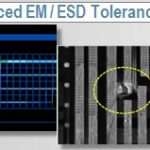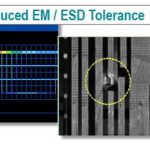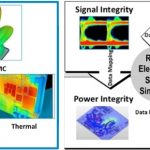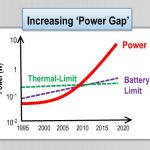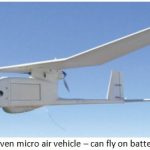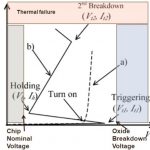Although semiconductor manufacturing has taken off with FinFET based process technology which provides lucrative payoffs on performance improvement, power reduction and area saving in devices for high density and high performance SoC demand of modern era, apprehensions remain about its reliability due to reduced noise … Read More
Tag: ansys
RedHawk Excels – Customers Endorse
Since a few years, I have been following up Ansys Apachetools for semiconductor design, verification and sign-off. RedHawk is the most prominent platform of tools from Ansys, specifically for Power, Noise and Reliability Sign-off. It has witnessed many open endorsements from several of Ansyscustomers through open presentations,… Read More
Apache Design @ #51DAC Must See!
Register to hear industry experts from top semiconductor companies share their best practices that enable the next generation of high-performance, low power designs for mobile, automotive and other applications. Meet our technologists for in-depth presentations, case studies and demos on the industry’s leading simulation… Read More
IC Power Noise Reliability for FinFET Designs
Reliability for ICs is a big deal because the last thing that you want to do is ship a new part only to find out later in the field that there are failures not being caught by testing. I’ve already had two consumer products fail this year because of probable reliability issues: My MacBook Pro with 16GB of RAM started rebooting caused… Read More
LSI’s Way of Faster & Reliable Electronic System Design
LSI Corporationstarted in 1980s and I had several encounters with it during my jobs in 1990s; not to forget the LSI chips I used to see in desktops and other electronic systems, and I’m happy to see LSI continuing today with more vigour having leadership position in storage and networking space. It provides highly reliable, high … Read More
IC/Package/Board – Power, Noise and Reliability from ANSYS (Apache DA) at DAC
ANSYS acquired Apache Design Automation back in June 2011and three years later the name “Apache” is being subdued in favor of using just ANSYS. One thing that I noticed right away was a DACfocus on having actual ANSYS customers talk about their hands-on experience using the EDA tools. The following seven customers… Read More
Early RTL Power Analysis and Reduction
Power analysis and reduction for SoC designs is a popular topic because of our consumer electronics dominated economy, and the need to operate devices on a battery source for the maximum time before a recharge. Just from my desk I can see multiple battery-powered devices: Laptop, tablet, smart phone, e-book reader, bluetooth … Read More
Who Won the DesignVision Awards at DesignCon this year?
The Seattle Seahawks had an awesome victory in the SuperBowl against the Denver Broncos, so folks living here in the Pacific Northwest are feeling proud and optimistic. The recent DesignConconference and exhibit ended 10 days ago and there were also victors announced in terms of the annual DesignVision awards that have three … Read More
Mission Critical Role of Unmanned Systems – How to fulfill?
Do we ever imagine what kind of severe challenges mission critical unmanned systems in air, land and underwater face? They are limited in space and size; have to be light in weight, flexible in different types of operations and at the same time rugged enough to work in extreme climatic conditions. That’s not enough; amidst these … Read More
Full Chip ESD Sign-off – Necessary
As Moore’s law keeps going, semiconductor design density on a chip keeps increasing. The real concern today is that the shrinkage in technology node has rendered the small wire geometry and gate oxide thickness (although fine in all other perspectives) extremely vulnerable to ESD (Electrostatic Discharge) effects. More than… Read More


